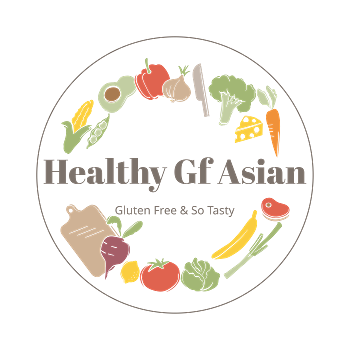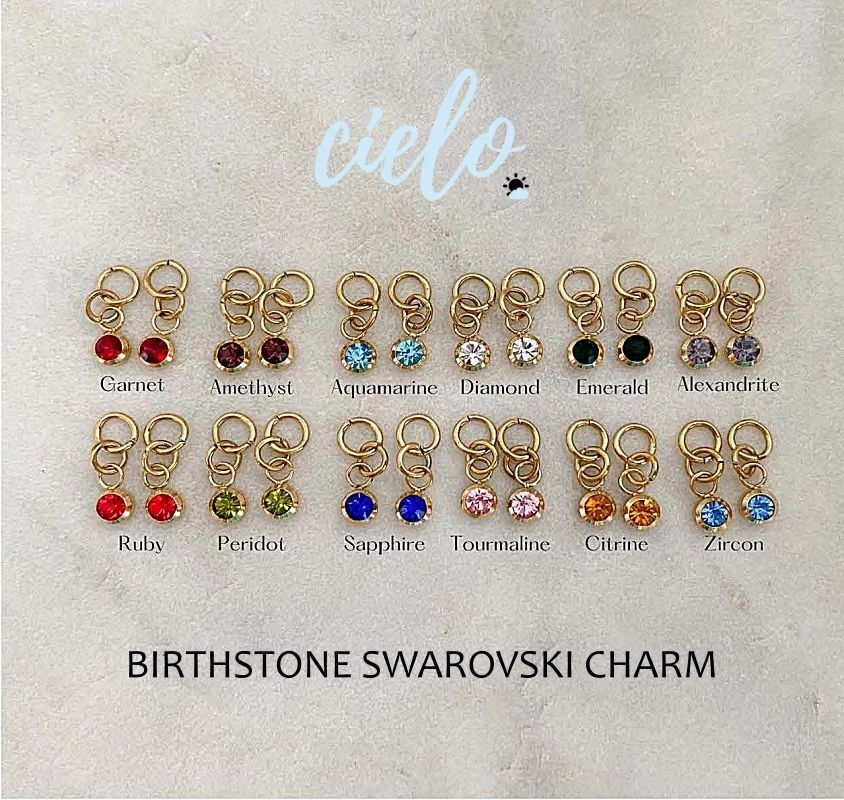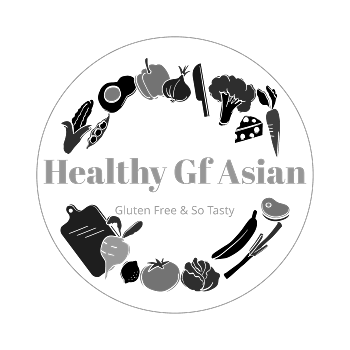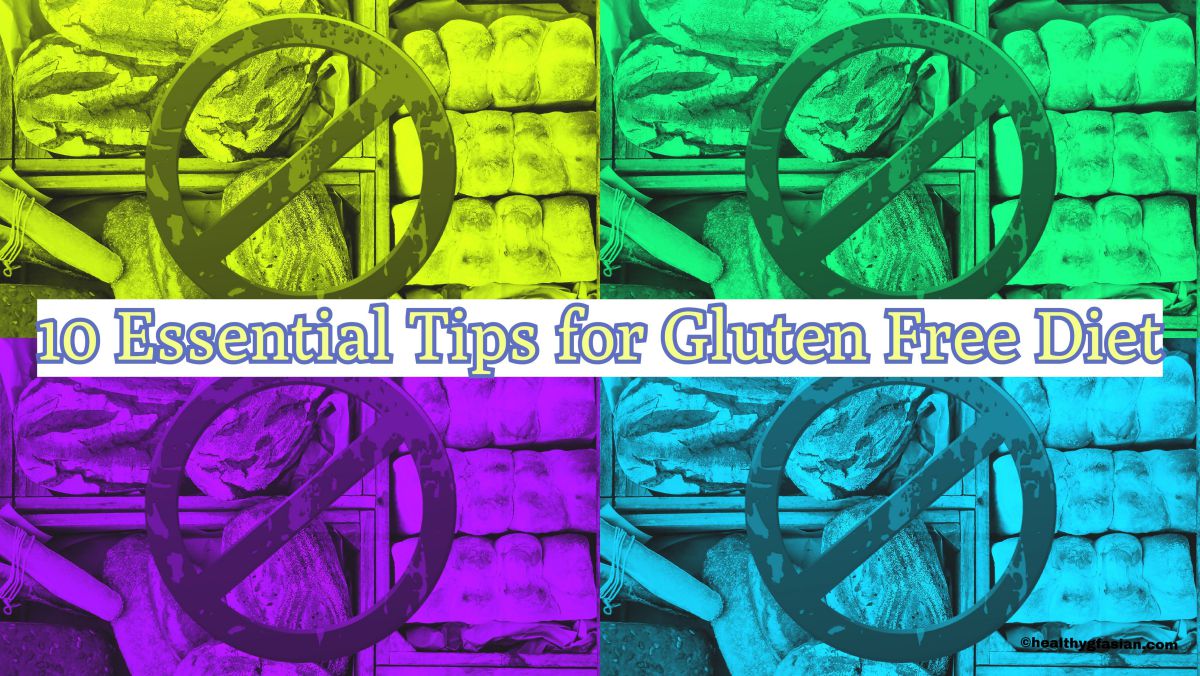
10 Essential Tips for Gluten Free Diet
Gluten free tips for when you need to go on a gluten free diet after the diagnosis of celiac disease. Or perhaps, due to gluten intolerance or gluten sensitivity, or simply just wants to eat healthier. Likewise, it may seems like an overwhelming task at first. But it is actually easier than you think as many foods are naturally gluten Free. Furthermore, numerous specially produced gluten free convenience food and products have now proliferated the market place. You can find them in your local supermarkets, health food stores and specialty stores online.
Below are 10 essential tips to help make your gluten free diet easier:
1. Pantry Audit
Check ingredients of all food items in your pantry and have separate zones for gluten and gluten free items. Likewise, store and label all gluten free items in individually sealed containers. Strictly avoid foods that contain wheat, triticale, spelt, barley (malt), durum, semolina, rye and their products plus oats. Furthermore, if you are unsure, best to leave out the ingredient. Be aware of hidden sources of gluten in condiments, sauces, instant soups and gravies. Stock up on gluten free ingredients gradually especially sauces, grains and flours.
2. Read Food Labels
It is important to read food labels on all packaged and processed foods like a food detective. Look for the “Gluten Free” certification symbol and the “May Contain” statement. Your local celiac support groups will also provide a list of gluten free food endorsed by them on their website.
3. Support Group
Join a support group either local or online. They provide great resources for information and support. Namely from people and their family who have celiac disease, gluten intolerance and gluten sensitivity.
4. Naturally Gluten Free Food
Focus on a healthy balanced diet that include naturally gluten free food. Specifically, lean meat, poultry, eggs, seafood, nuts and seeds. As well as dairy or alternatives like calcium enriched vegan milk. Like rice milk, soy milk, coconut milk, macadamia milk and almond milk and fresh fruits and vegetables.
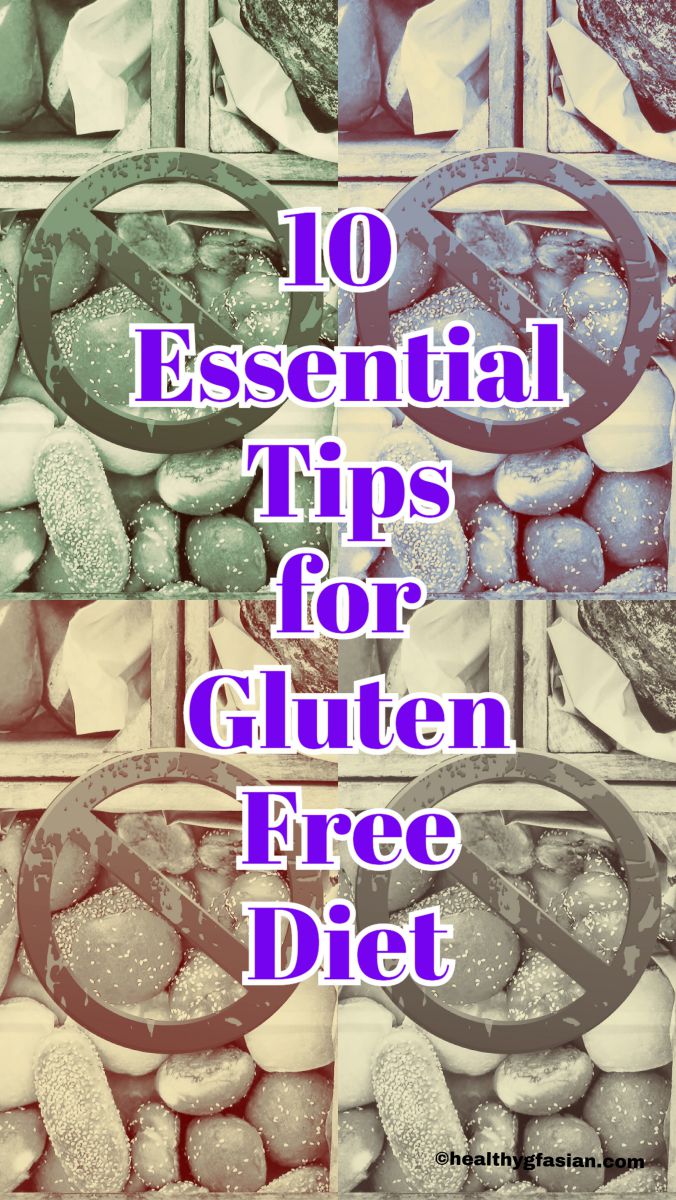
5. Nutritional Deficiencies
Celiac disease sufferers normally have nutritional deficiencies due to malabsorption from damaged small intestine caused by gluten. Especially prevalent in newly diagnosed celiac sufferers. Common vitamins and mineral deficiencies include vitamin B2 (riboflavin), vitamin B3 (niacin), vitamin B9 (folate), vitamin B12, and vitamin D. As well as calcium, iron, magnesium and zinc. Besides, other deficiencies include dietary fiber and protein. If you require daily dietary supplements, ensure that you work with your doctor or dietitian. Keeping in mind that some supplements may contain gluten.
6. Gluten Free Grains and Flour
Do your own baking at home and experiment with alternative flours. Gluten free cereals/grains are rice, maize, sorghum, sago, tapioca, arrowroot, amaranth and buckwheat. Plus millet, polenta, teff, quinoa, Indian rice grass (montina), rice bran and oats (certified gluten free). Flours include all types of rice, almond, hazelnut, coconut, corn (maize), soy, potato and sorghum. As well as tapioca, chick pea (channa), flaxseed and besan/gram. Ready mixed flours for everyday use include gluten free all-purpose flour, self-raising flour and bread flour. They are most commonly available for purchase on the market place.
7. Gluten Free Alcohol
Wine, champagnes, spirits, liqueur, perries, ports, vermouths, sherries, cider, Gin, brandy, rum and tequila are all gluten free. Whereas you should avoid all beer, lager, stout and real ales containing gluten. Always read the label if in doubt. In recent years, there are many gluten free beer and even gluten free non-alcoholic beer available on the market place.
8. Eating Out
Plan ahead at all times when eating out at family or friend’s house. And attending special events like wedding or birthdays and dining out at a restaurant. Remember to call ahead to discuss with the person preparing the food. Check if gluten free options will be provided to you. Have gluten free snacks with you all the time just in case no gluten free foods are available. If you have to eat out at work and could not find gluten free food. You can cook more for dinner and bring leftovers for tomorrow’s lunch.
9. Cross Contamination
Set up a gluten free safe area in your kitchen, this includes your refrigerator and freezer. Keep a set of your pots, pans, and utensils separate for use in cooking gluten free food only. Taking note that non-stick and cast iron pots and pans can still have gluten stuck on them. Even after you washed and cleaned them. Wooden cooking utensils can have residual gluten as well. Also, never share your toasters, breadboards, butter dishes and cutting boards with other gluten eaters. Use designated sponge and scrubber for dish washing.
Many restaurants cook gluten and gluten free foods in the same kitchen area and with the same equipment and utensils. For example, fish and chips cooked in the same oil in the same deep fryer. Plus cutting all gluten and gluten free pizzas with the same cutting knife. In addition, cross contamination can result even with a kiss from your loved ones. Or a lick from your dogs or cats if they have just consumed gluten.
10. Other Hidden Sources of Gluten
Many drugs, prescription medicine and supplements contain gluten, check with your doctors and pharmacists before taking them. Toiletries like shampoo and cosmetics may also contain gluten. Children’s play doughs and paints are not gluten free. Even postage stamps and communion wafers are not gluten free.
Read more on What is Gluten Free and other essential information by referring to my article on Gluten Free.
You may also like my Guide to Stocking a Gluten Free Lactose Free Asian Pantry. Read here Stocking Asian Pantry.
